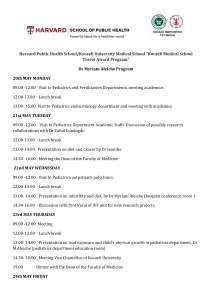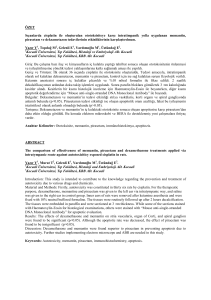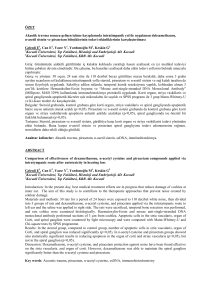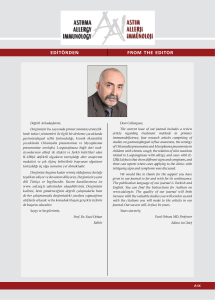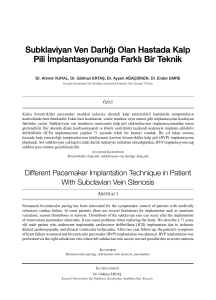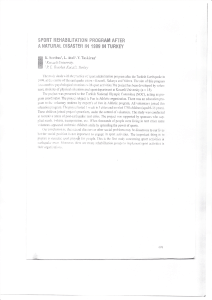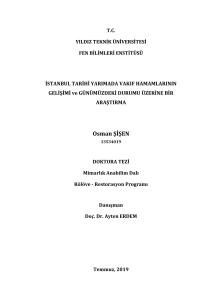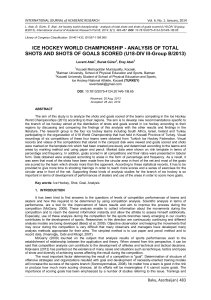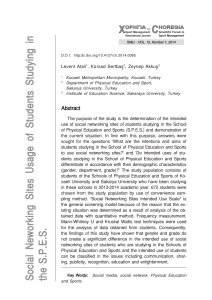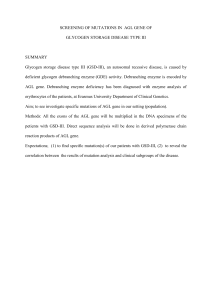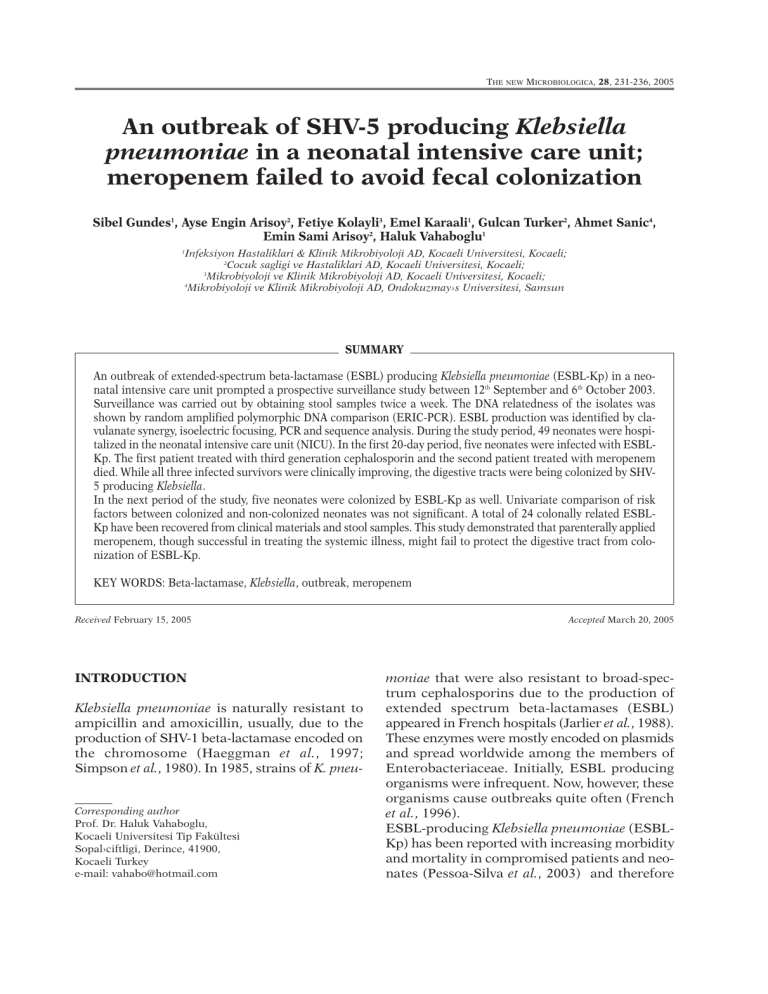
THE NEW MICROBIOLOGICA, 28, 231-236, 2005
An outbreak of SHV-5 producing Klebsiella
pneumoniae in a neonatal intensive care unit;
meropenem failed to avoid fecal colonization
Sibel Gundes1, Ayse Engin Arisoy2, Fetiye Kolayli3, Emel Karaali1, Gulcan Turker2, Ahmet Sanic4,
Emin Sami Arisoy2, Haluk Vahaboglu1
Infeksiyon Hastaliklari & Klinik Mikrobiyoloji AD, Kocaeli Universitesi, Kocaeli;
2
Cocuk sagligi ve Hastaliklari AD, Kocaeli Universitesi, Kocaeli;
3
Mikrobiyoloji ve Klinik Mikrobiyoloji AD, Kocaeli Universitesi, Kocaeli;
4
Mikrobiyoloji ve Klinik Mikrobiyoloji AD, Ondokuzmay›s Universitesi, Samsun
1
SUMMARY
An outbreak of extended-spectrum beta-lactamase (ESBL) producing Klebsiella pneumoniae (ESBL-Kp) in a neonatal intensive care unit prompted a prospective surveillance study between 12th September and 6th October 2003.
Surveillance was carried out by obtaining stool samples twice a week. The DNA relatedness of the isolates was
shown by random amplified polymorphic DNA comparison (ERIC-PCR). ESBL production was identified by clavulanate synergy, isoelectric focusing, PCR and sequence analysis. During the study period, 49 neonates were hospitalized in the neonatal intensive care unit (NICU). In the first 20-day period, five neonates were infected with ESBLKp. The first patient treated with third generation cephalosporin and the second patient treated with meropenem
died. While all three infected survivors were clinically improving, the digestive tracts were being colonized by SHV5 producing Klebsiella.
In the next period of the study, five neonates were colonized by ESBL-Kp as well. Univariate comparison of risk
factors between colonized and non-colonized neonates was not significant. A total of 24 colonally related ESBLKp have been recovered from clinical materials and stool samples. This study demonstrated that parenterally applied
meropenem, though successful in treating the systemic illness, might fail to protect the digestive tract from colonization of ESBL-Kp.
KEY WORDS: Beta-lactamase, Klebsiella, outbreak, meropenem
Received February 15, 2005
INTRODUCTION
Klebsiella pneumoniae is naturally resistant to
ampicillin and amoxicillin, usually, due to the
production of SHV-1 beta-lactamase encoded on
the chromosome (Haeggman et al., 1997;
Simpson et al., 1980). In 1985, strains of K. pneu-
Corresponding author
Prof. Dr. Haluk Vahaboglu,
Kocaeli Universitesi Tip Fakültesi
Sopal›ciftligi, Derince, 41900,
Kocaeli Turkey
e-mail: vahabo@hotmail.com
Accepted March 20, 2005
moniae that were also resistant to broad-spectrum cephalosporins due to the production of
extended spectrum beta-lactamases (ESBL)
appeared in French hospitals (Jarlier et al., 1988).
These enzymes were mostly encoded on plasmids
and spread worldwide among the members of
Enterobacteriaceae. Initially, ESBL producing
organisms were infrequent. Now, however, these
organisms cause outbreaks quite often (French
et al., 1996).
ESBL-producing Klebsiella pneumoniae (ESBLKp) has been reported with increasing morbidity
and mortality in compromised patients and neonates (Pessoa-Silva et al., 2003) and therefore

